聚焦科技产业化,链接国际“朋友圈”。12月3日,以“天然产物与新药发现”为主题的第三期东湖科学会议在汉举行。今日,China Daily、湖北日报、长江日报等媒体刊发报道,聚焦泛巴尔干地区天然产物研究与新药研发科研机构、高等院校的专家学者及“一带一路”国际科学组织联盟(ANSO)相关负责人、武创院创新单元代表间的多元对话,讲述武创院多维度科技创新合作的探索实践,为高质量共建“一带一路”注入新动能。
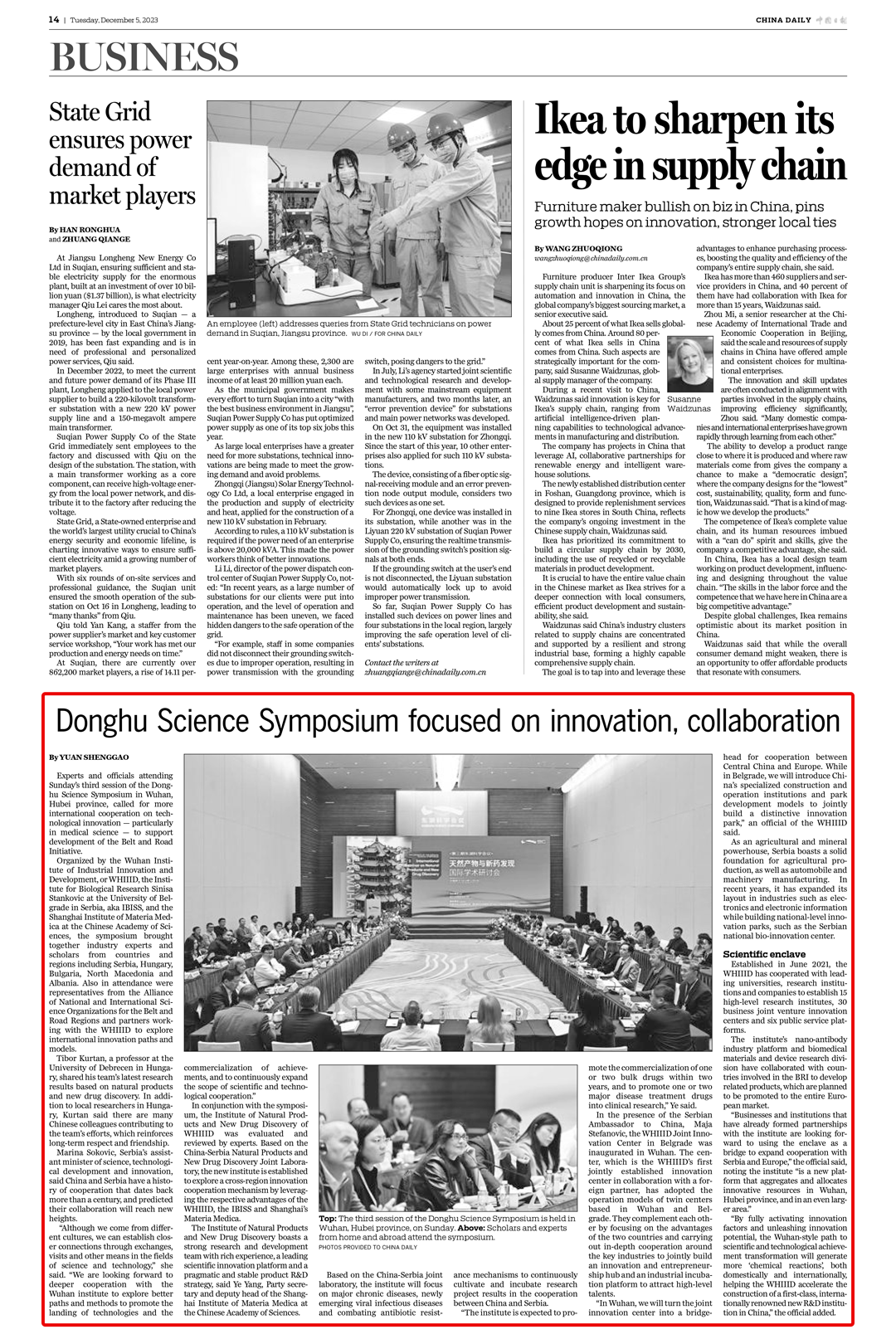
China Daily
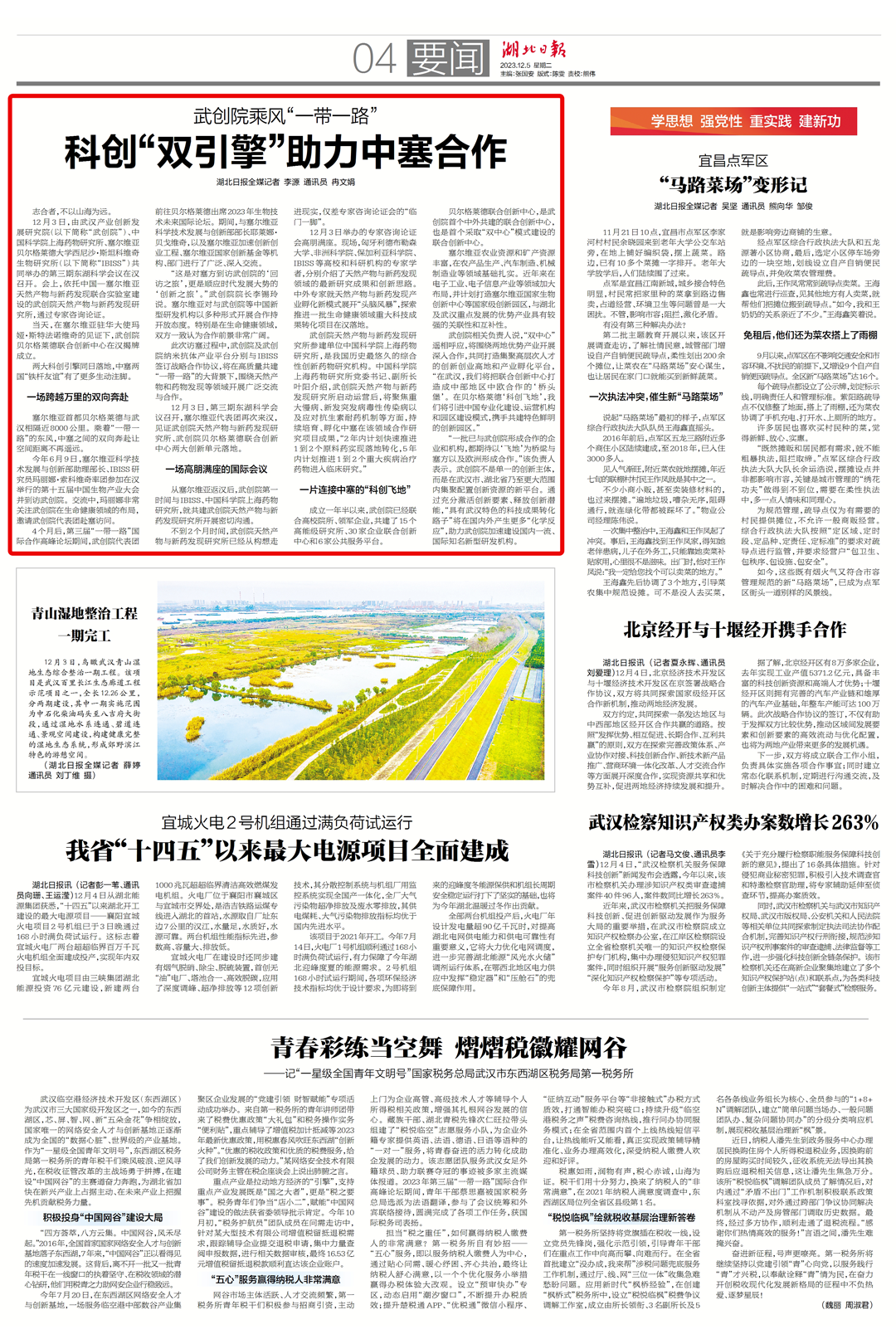
湖北日报
Experts and officials attending Sunday’s third session of the Donghu Science Symposium in Wuhan, Hubei province, called for more international cooperation on technological innovation — particularly in medical science — to support development of the Belt and Road Initiative.
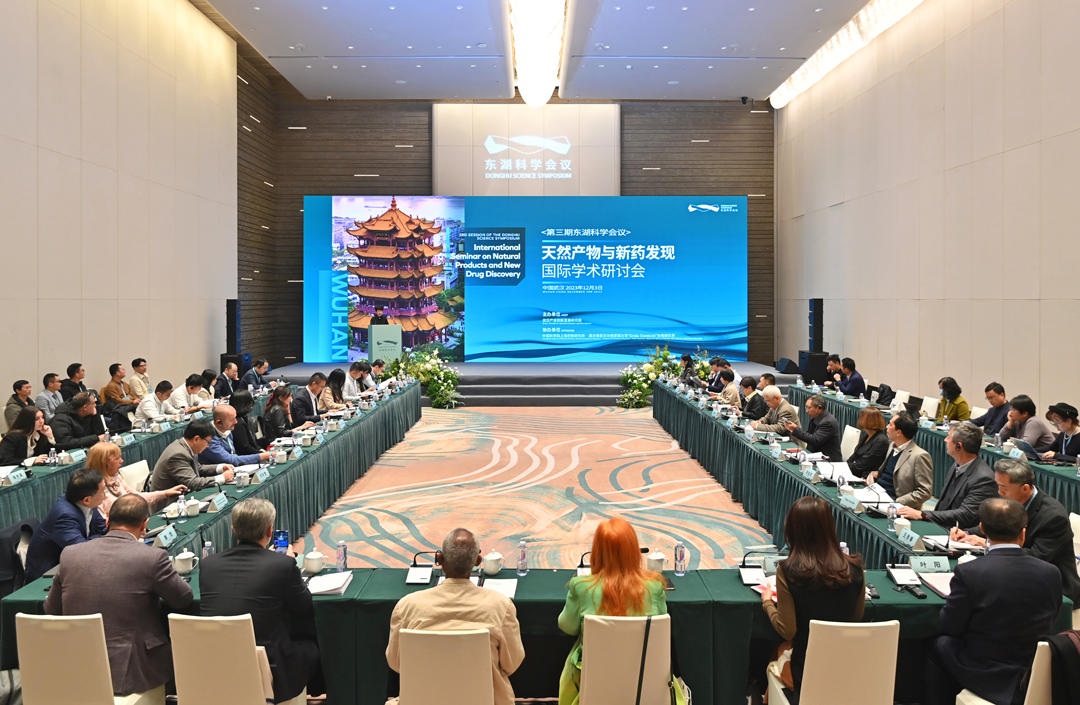
▲The third session of the Donghu Science Symposium is held in Wuhan, Hubei province, on Sunday.
Organized by the Wuhan Institute of Industrial Innovation and Development, or WHIIID, the Institute for Biological Research Sinisa Stankovic at the University of Belgrade in Serbia, aka IBISS, and the Shanghai Institute of Materia Medica at the Chinese Academy of Sciences, the symposium brought together industry experts and scholars from countries and regions including Serbia, Hungary, Bulgaria, North Macedonia and Albania. Also in attendance were representatives from the Alliance of National and International Science Organizations for the Belt and Road Regions and partners working with the WHIIID to explore international innovation paths and models.
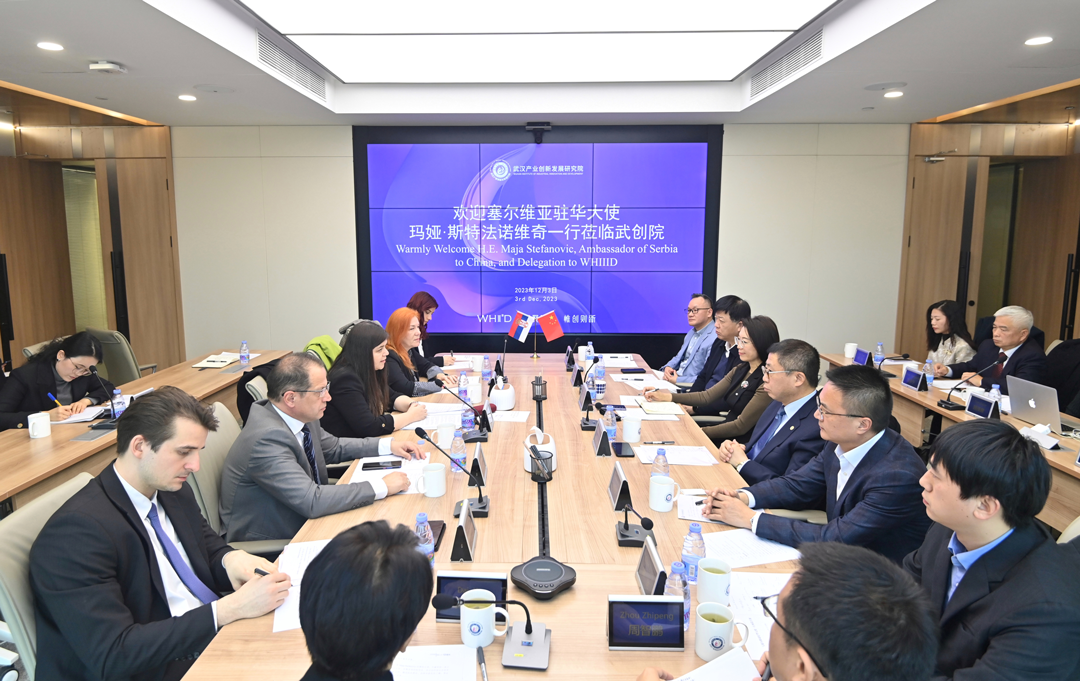
▲Maja Stefanovic, Serbian Ambassador to China, visiting WHIIID.
In the morning of that day, the Ambassador of Serbia to China, Maja Stefanovic visited WHIIID and had a discussion with Li Xiling, president of the institute, and the heads of various innovation units to discuss the possibilities of cooperation in multiple fields.
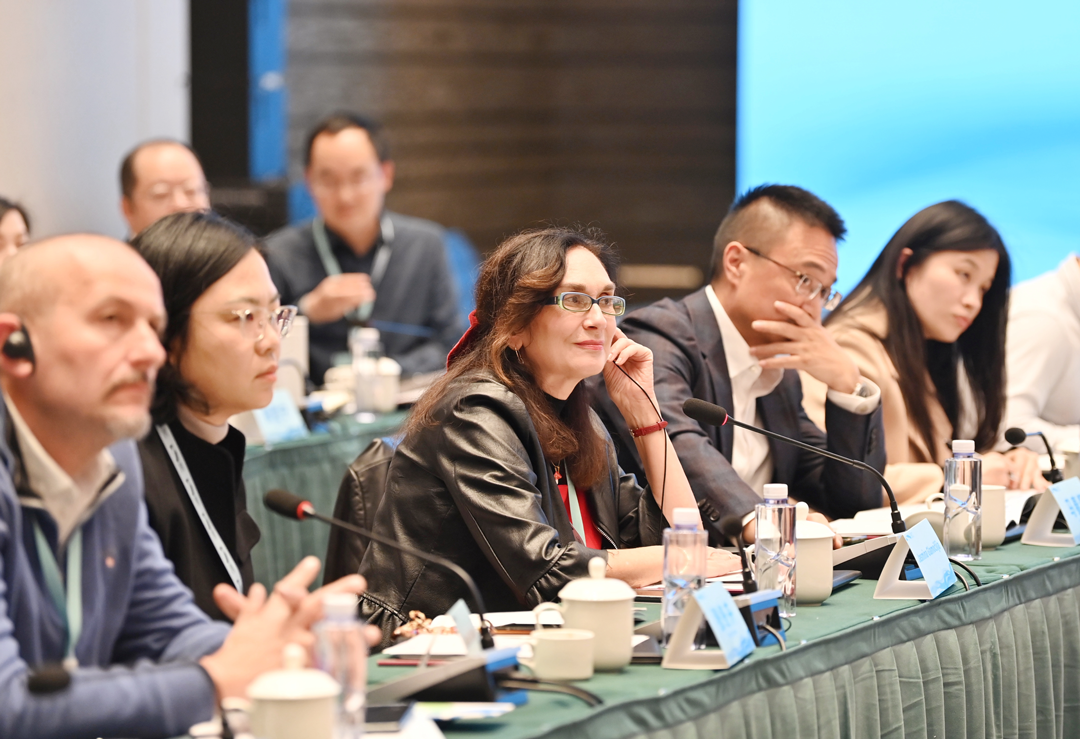
▲Scholars and experts from home and abroad attend the symposium.
Tibor Kurtan, a professor at the University of Debrecen in Hungary, shared his team’s latest research results based on natural products and new drug discovery. In addition to local researchers in Hungary, Kurtan said there are many Chinese colleagues contributing to the team’s efforts, which reinforces long-term respect and friendship.
Marina Sokovic, Serbia’s assistant minister of science, technological development and innovation, said China and Serbia have a history of cooperation that dates back more than a century, and predicted their collaboration will reach new heights.
“Although we come from different cultures, we can establish closer connections through exchanges, visits and other means in the fields of science and technology,” she said. “We are looking forward to deeper cooperation with the Wuhan institute to explore better paths and methods to promote the landing of technologies and the commercialization of achievements, and to continuously expand the scope of scientific and technological cooperation.”
In conjunction with the symposium, the Institute of Natural Products and New Drug Discovery of WHIIID was evaluated and reviewed by experts. Based on the China-Serbia Natural Products and New Drug Discovery Joint Laboratory, the new institute is established to explore a cross-region innovation cooperation mechanism by leveraging the respective advantages of the WHIIID, the IBISS and Shanghai’s Materia Medica.
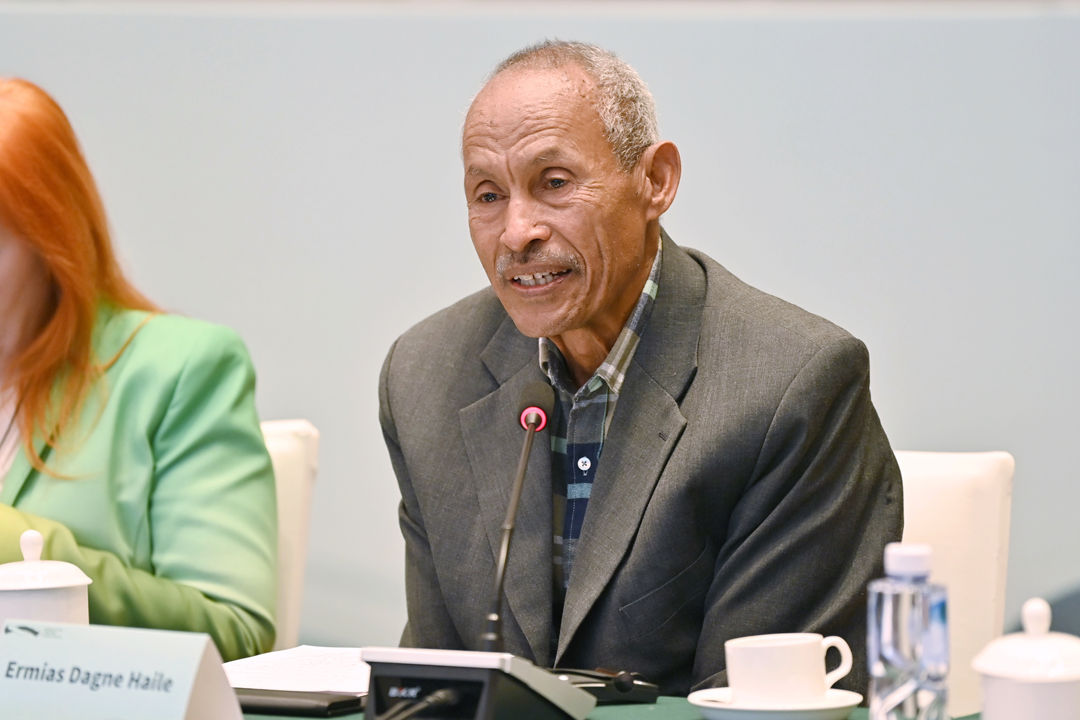
▲Ermias Dagne Haile, Academician of African Academy of Sciences and Academy of Sciences of Developing Countries delivering a speech at the 3rd Session of the Donghu Science Symposium.
The Institute of Natural Products and New Drug Discovery boasts a strong research and development team with rich experience, a leading scientific innovation platform and a pragmatic and stable product R&D strategy, said Ye Yang, Party secretary and deputy head of the Shanghai Institute of Materia Medica at the Chinese Academy of Sciences.
Based on the China-Serbia joint laboratory, the institute will focus on major chronic diseases, newly emerging viral infectious diseases and combating antibiotic resistance mechanisms to continuously cultivate and incubate research project results in the cooperation between China and Serbia.
“The institute is expected to promote the commercialization of one or two bulk drugs within two years, and to promote one or two major disease treatment drugs into clinical research,” Ye said.
In the presence of the Serbian Ambassador to China, Maja Stefanovic, the WHIIID Joint Innovation Center in Belgrade was inaugurated in Wuhan. The center, which is the WHIIID’s first jointly established innovation center in collaboration with a foreign partner, has adopted the operation models of twin centers based in Wuhan and Belgrade. They complement each other by focusing on the advantages of the two countries and carrying out in-depth cooperation around the key industries to jointly build an innovation and entrepreneurship hub and an industrial incubation platform to attract high-level talents.
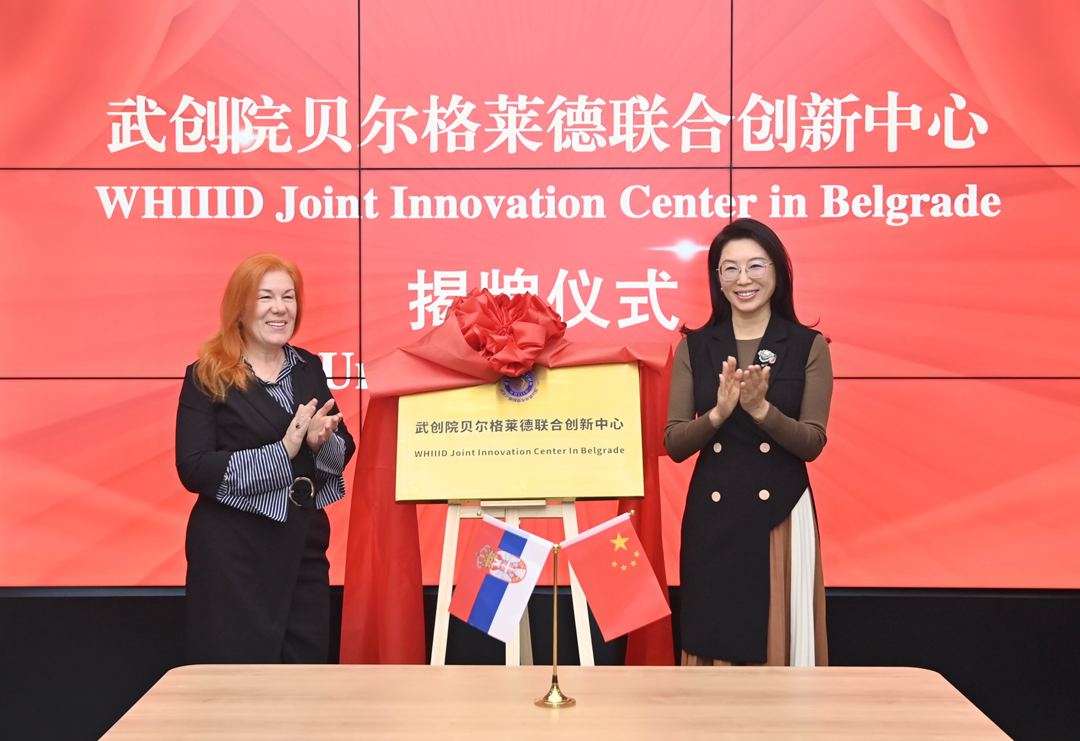
▲Marina Sokovic, Assistant Minister, Ministry of Science and Technology Development and Innovation of Serbia and Li Xiling, President of WHIIID, jointly inaugurating the WHIIID Joint Innovation Center in Belgrade.
“In Wuhan, we will turn the joint innovation center into a bridgehead for cooperation between Central China and Europe. While in Belgrade, we will introduce China’s specialized construction and operation institutions and park development models to jointly build a distinctive innovation park,” an official of the WHIIID said.
As an agricultural and mineral powerhouse, Serbia boasts a solid foundation for agricultural production, as well as automobile and machinery manufacturing. In recent years, it has expanded its layout in industries such as electronics and electronic information while building national-level innovation parks, such as the Serbian national bio-innovation center.
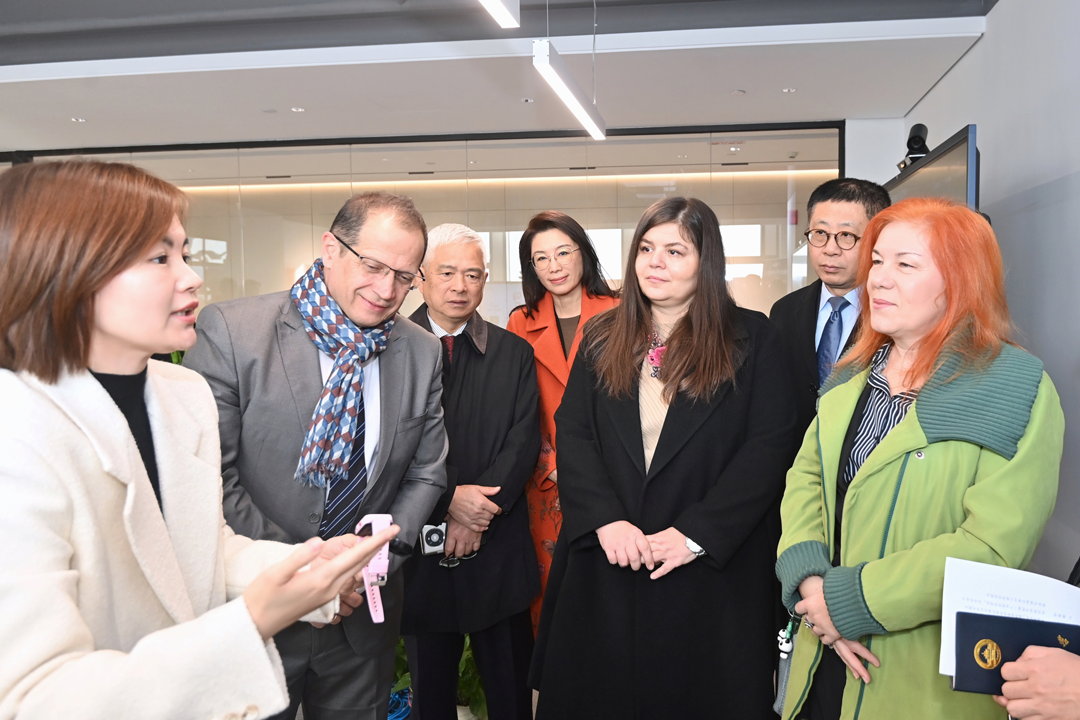
▲Maja Stefanovic, Serbian Ambassador to China, and delegation visiting the WHIIID Institute of Human Factors Engineering.
Scientific enclave
Established in June 2021, the WHIIID has cooperated with leading universities, research institutions and companies to establish 15 high-level research institutes, 30 business joint venture innovation centers and six public service platforms.
The institute’s nano-antibody industry platform and biomedical materials and device research division have collaborated with countries involved in the BRI to develop related products, which are planned to be promoted to the entire European market.
“Businesses and institutions that have already formed partnerships with the institute are looking forward to using the enclave as a bridge to expand cooperation with Serbia and Europe,” the official said, noting the institute “is a new platform that aggregates and allocates innovative resources in Wuhan, Hubei province, and in an even larger area.”
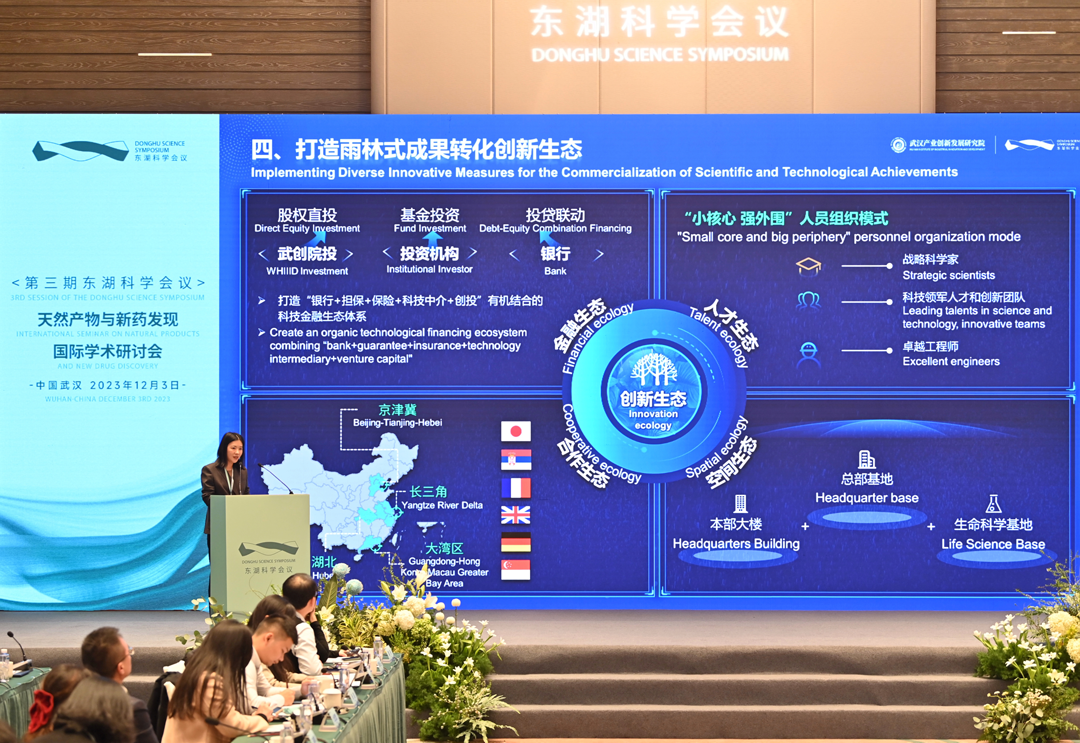
▲Presentation on the innovative modes of commercialization of scientific and technological achievements of WHIIID.
“By fully activating innovation factors and unleashing innovation potential, the Wuhan-style path to scientific and technological achievement transformation will generate more ‘chemical reactions’, both domestically and internationally, helping the WHIIID accelerate the construction of a first-class, internationally renowned new R&D institution in China,” the official added.
武创院乘风“一带一路”
科创“双引擎”助力中塞合作
志合者,不以山海为远。
12月3日,由武汉产业创新发展研究院(以下简称“武创院”)、中国科学院上海药物研究所、塞尔维亚贝尔格莱德大学西尼沙·斯坦科维奇生物研究所(以下简称“IBISS”)共同举办的第三期东湖科学会议在汉召开。会上,依托中国—塞尔维亚天然产物与新药发现联合实验室建设的武创院天然产物与新药发现研究所,通过专家咨询论证。
当天,在塞尔维亚驻华大使玛娅·斯特法诺维奇的见证下,武创院贝尔格莱德联合创新中心在汉揭牌成立。
两大科创引擎同日落地,中塞两国“铁杆友谊”有了更多生动注脚。
一场跨越万里的双向奔赴
塞尔维亚首都贝尔格莱德与武汉相隔近8000公里。乘着“一带一路”的东风,中塞之间的双向奔赴让空间距离不再遥远。
今年6月9日,塞尔维亚科学技术发展与创新部助理部长、IBISS研究员玛丽娜·索科维奇率团参加在汉举行的第十五届中国生物产业大会并到访武创院。交流中,玛丽娜非常关注武创院在生命健康领域的布局,邀请武创院代表团赴塞访问。
4个月后,第三届“一带一路”国际合作高峰论坛期间,武创院代表团前往贝尔格莱德出席2023年生物技术未来国际论坛。期间,与塞尔维亚科学技术发展与创新部部长耶莱娜·贝戈维奇,以及塞尔维亚加速创新创业工程、塞尔维亚国家创新基金等机构、部门进行了广泛、深入交流。
“这是对塞方到访武创院的‘回访之旅’,更是顺应时代发展大势的‘创新之旅’。”武创院院长李锡玲说。塞尔维亚对与武创院等中国新型研发机构以多种形式开展合作持开放态度。特别是在生命健康领域,双方一致认为合作前景非常广阔。
此次访塞过程中,武创院及武创院纳米抗体产业平台分别与IBISS签订战略合作协议,将在高质量共建“一带一路”的大背景下,围绕天然产物和药物发现等领域开展广泛交流与合作。
12月3日,第三期东湖科学会议召开,塞尔维亚代表团再次来汉,见证武创院天然产物与新药发现研究所、武创院贝尔格莱德联合创新中心两大创新单元落地。
一场高朋满座的国际会议
从塞尔维亚返汉后,武创院第一时间与IBISS、中国科学院上海药物研究所,就共建武创院天然产物与新药发现研究所开展密切沟通。
不到2个月时间,武创院天然产物与新药发现研究所已经从构想走进现实,仅差专家咨询论证会的“临门一脚”。
12月3日举办的专家咨询论证会高朋满座。现场,匈牙利德布勒森大学、非洲科学院、保加利亚科学院、IBISS等高校和科研机构的专家学者,分别介绍了天然产物与新药发现领域的最新研究成果和创新思路。中外专家就天然产物与新药发现产业孵化新模式展开“头脑风暴”,探索推进一批生命健康领域重大科技成果转化项目在汉落地。
武创院天然产物与新药发现研究所参建单位中国科学院上海药物研究所,是我国历史最悠久的综合性创新药物研究机构。中国科学院上海药物研究所党委书记、副所长叶阳介绍,武创院天然产物与新药发现研究所启动运营后,将聚焦重大慢病、新发突发病毒性传染病以及应对抗生素耐药机制等方面,持续培育、孵化中塞在该领域合作研究项目成果,“2年内计划快速推进1到2个原料药实现落地转化,5年内计划推进1到2个重大疾病治疗药物进入临床研究。”
一片连接中塞的“科创飞地”
成立一年半以来,武创院已经联合高校院所、领军企业,共建了15个高能级研究所、30家企业联合创新中心和6家公共服务平台。
贝尔格莱德联合创新中心,是武创院首个中外共建的联合创新中心,也是首个采取“双中心”模式建设的联合创新中心。
塞尔维亚农业资源和矿产资源丰富,在农产品生产、汽车制造、机械制造业等领域基础扎实。近年来在电子工业、电子信息产业等领域加大布局,并计划打造塞尔维亚国家生物创新中心等国家级创新园区,与湖北及武汉重点发展的优势产业具有较强的关联性和互补性。
武创院相关负责人说,“双中心”遥相呼应,将围绕两地优势产业开展深入合作,共同打造集聚高层次人才的创新创业高地和产业孵化平台,“在武汉,我们将把联合创新中心打造成中部地区中欧合作的‘桥头堡’。在贝尔格莱德‘科创飞地’,我们将引进中国专业化建设、运营机构和园区建设模式,携手共建特色鲜明的创新园区。”
“一批已与武创院形成合作的企业和机构,都期待以‘飞地’为桥梁与塞方以及欧洲形成合作。”该负责人表示。武创院不是单一的创新主体,而是在武汉市、湖北省乃至更大范围内集聚配置创新资源的新平台。通过充分激活创新要素、释放创新潜能,“具有武汉特色的科技成果转化路子”将在国内外产生更多“化学反应”,助力武创院加速建设国内一流、国际知名新型研发机构。